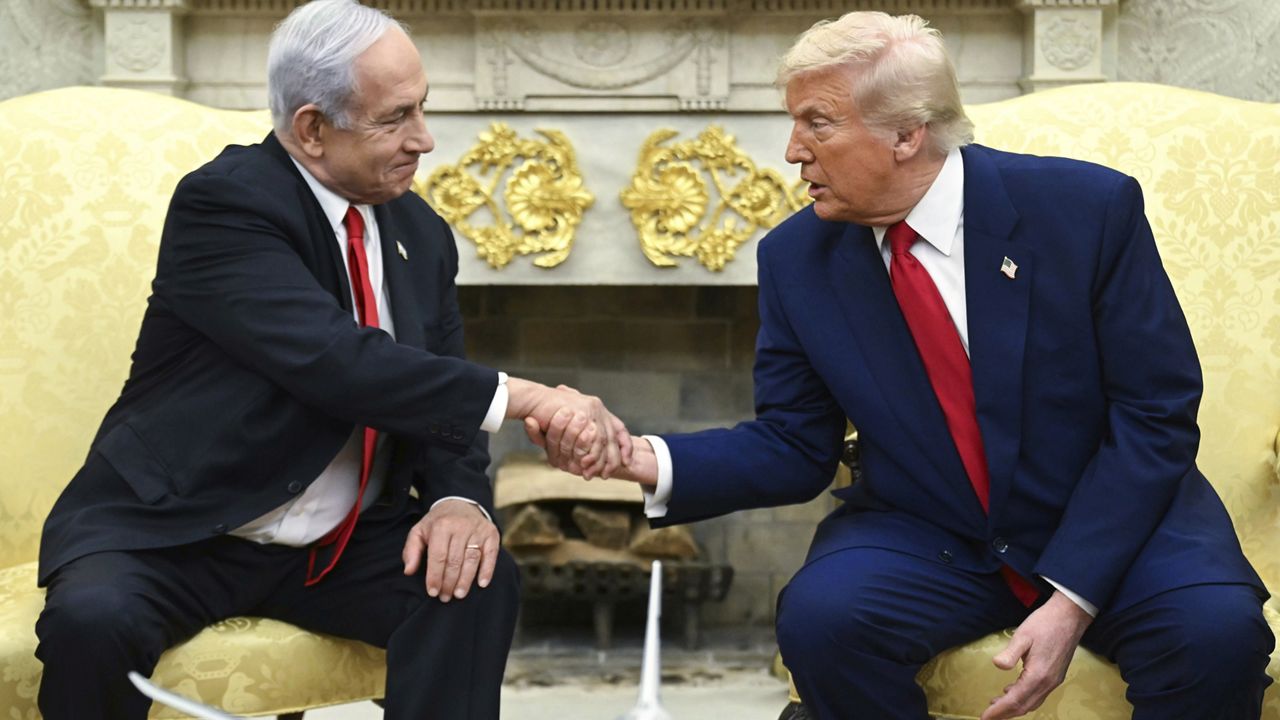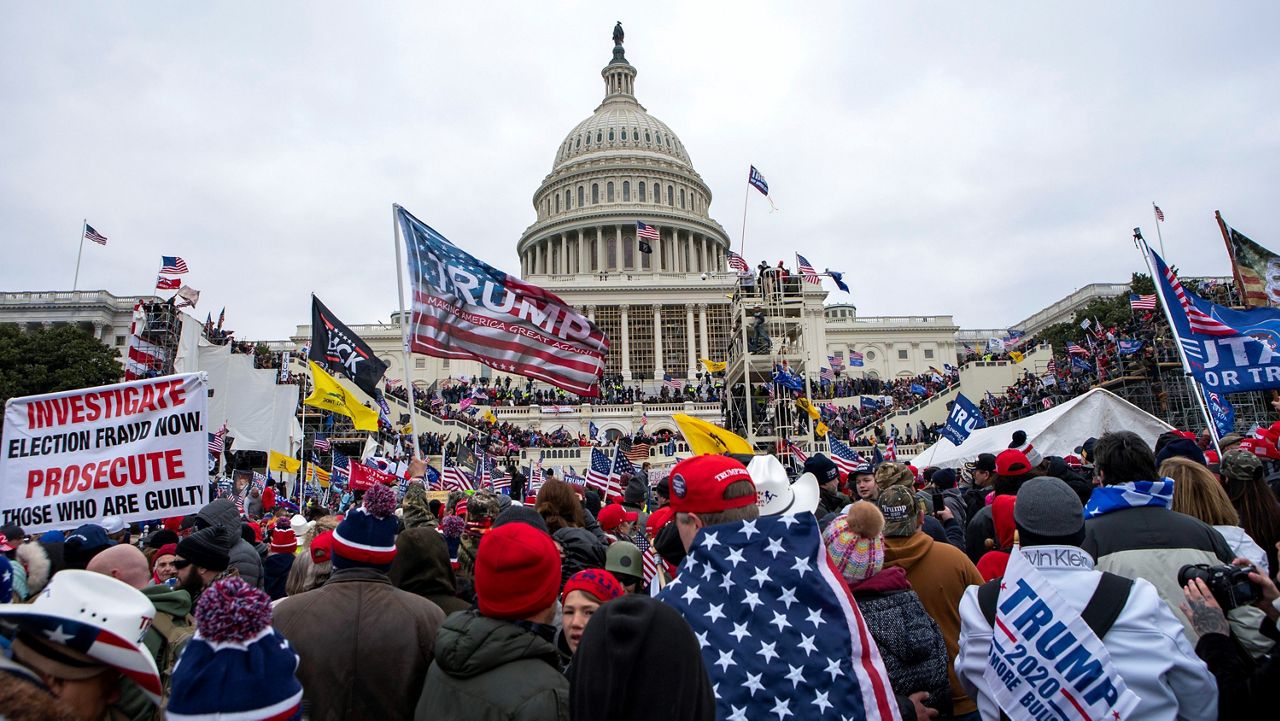WASHINGTON — Speaker Mike Johnson, R-La., is making good on his promise to House Republicans to release more than 40,000 hours of U.S. Capitol Security tapes related to the Jan. 6, 2021 attack on the seat of the American government.
The release of the materials, Johnson said in a statement, are in keeping with his vow to make the footage accessible in the name of “truth and transparency.” A selection of video clips were released on the Committee on House Administration website on Friday.
“This decision will provide millions of Americans, criminal defendants, public interest organizations, and the media an ability to see for themselves what happened that day, rather than having to rely upon the interpretation of a small group of government officials,” Johnson said.
The recently elected speaker said the first tranche of security footage, around 90 hours, would be released on a public committee website Friday, with the rest of the more than 40,000 hours expected to be posted over the next several months. In the meantime, a public viewing room will also be set up in the Capitol for viewing the footage.
The footage is overseen by the House Administration Subcommittee on Oversight. In his statement Friday, Johnson thanked Subcommittee Chairman Barry Loudermilk, R-Ga., and his team “for their diligent work to ensure the thousands of hours of videos are promptly processed to be uploaded to the committee’s public website.” Democrats on the committee, meanwhile, were only informed “minutes before” Johnson announced the videos would begin being released today, according to one Democratic aide familiar with the situation.
More than 95% of the overall footage from the day will be made publicly available, Johnson said, and the rest of the footage will be published “over the next several months in waves.”
The footage will be “processed,” Johnson said, to blur the faces of “private citizens on the yet unreleased tapes to avoid any persons from being targeted for retaliation of any kind and segregating an estimated 5% of the videos that may involve sensitive security information related to the building architecture.”
Specifically, the censored footage will be altered with the intention of preventing the “doxxing and harassment of private citizens.”
For the last several months, the GOP-led House Administration Committee has made the video available by appointment only to members of the media, criminal defendants and a limited number of other people. The video shows some of the fighting up close and gives a bird's-eye view of the Capitol complex — one that visitors rarely see — as hundreds of President Donald Trump’s supporters stormed the building, violently attacking police officers and breaking in through windows and doors.
By expanding this access to the general public, Johnson is fulfilling one of the pledges he made last month to the most conservative members of his party, including Rep. Matt Gaetz, R-Fla., who orchestrated the ouster of former Speaker Kevin McCarthy.
The move will grant the general public a stunning level of access to sensitive and explicit Jan. 6 security footage, which many critics have warned could be endangered if it gets into the wrong hands. The hours of footage detail not only the shocking assault rioters made on U.S. Capitol Police as they breached the building, but also how the rioters accessed the building and the routes lawmakers used to flee to safety.
Republicans have made the release of security footage a political priority, beginning with McCarthy’s release of the more than 40,000 hours of footage to Tucker Carlson, the conservative talkshow host who, at the time, was a star of Fox News. Democrats swiftly condemned the move as a “grave” breach of security with potentially far-reaching consequences.
When airing the footage in March, Carlson described the scene as “mostly peaceful chaos,” downplaying the violence of the day. He also described officers as acting as “tour guides” to rioters who made their way into the Capitol.
In an internal memo, Capitol Police Chief Thomas Manger said that Carlson’s report was “filled with offensive and misleading conclusions.”
Five people died in the attack — including one woman who was shot and killed by Capitol Police as she sought to breach secure areas — and more than 100 officers were injured. To date, more than 700 riot participants have been convicted at trial, including Proud Boys leader Enrique Tarrio, who was sentenced to 22 years in prison for charges including seditious conspiracy. Rioters broke into and occupied the Senate floor, while federal law enforcement barricaded and defended the House floor.
Trump has described the people convicted of crimes related to the Capitol riot as “hostages” and has said that he would consider pardoning some of those charged in the attack.








